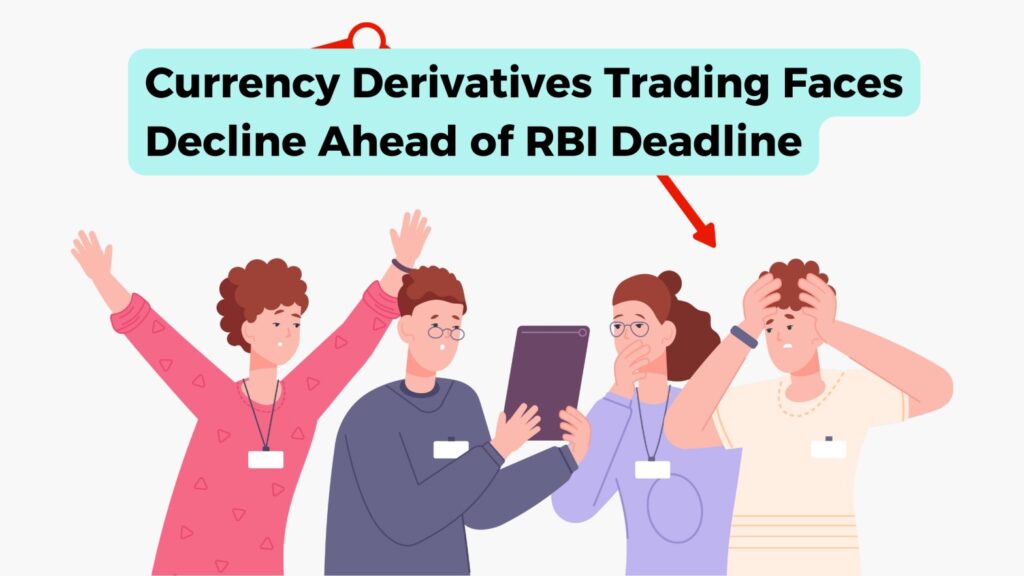
In the midst of regulatory changes and looming deadlines set by the Reserve Bank of India (RBI), the landscape of currency derivatives trading has undergone a notable transformation, reflecting both challenges and opportunities for market participants.
As the RBI's May 3 deadline for mandatory underlying exposure approaches, market participants have observed a substantial decline in the volumes of exchange-traded currency derivatives. This decline can be attributed to various factors, including the anticipation of regulatory changes and the need for market participants to adjust their strategies accordingly.
During April, key trading platforms such as the National Stock Exchange (NSE), the Bombay Stock Exchange (BSE), and the Metropolitan Stock Exchange (MSE) reported significant decreases in average daily turnover and trading volumes. For instance, the NSE witnessed a staggering 87% decrease in average daily turnover for currency futures and options, plummeting to approximately ₹20,646 crore from March's ₹1.56 trillion. Similarly, the BSE and MSE experienced substantial declines in average daily trading volume (ADTV), with decreases of 75% and 81%, respectively.
The RBI's decision to defer the implementation of regulations for exchange-traded currency derivatives until May 3 has caused significant apprehension among investors. These regulations mandate underlying exposure for rupee-denominated currency contracts traded on the NSE and BSE, introducing a new layer of complexity to trading activities. While traders are exempted from providing evidence of underlying exposure for positions up to $100 million, they must confirm its existence, adding to the compliance burden
Amit Pabari, managing director at CR Forex, has emphasized the significant decline in trading volume since April 4, estimating a reduction of 70% to 80%. This sharp decline has led to diminished market liquidity, posing challenges for market participants. However, Pabari remains optimistic about the post-May 3 scenario, suggesting that most positions have already been closed out, which may mitigate the impact on the market
An interesting aspect of currency futures trading is the dominance of retail segment transactions. Despite the challenges posed by regulatory changes and market uncertainties, retail traders have continued to play a significant role in maintaining liquidity in exchange-traded currency futures. Retail trades, accounting for over 80% of total transactions, underscore the resilience and adaptability of individual investors in navigating complex market conditions
In conclusion, the evolving landscape of currency derivatives trading in India reflects a dynamic interplay between regulatory changes, market sentiment, and investor behaviour. As market participants brace themselves for the RBI deadline, the coming days are likely to witness further adjustments and strategic realignments as they adapt to the new regulatory framework.
